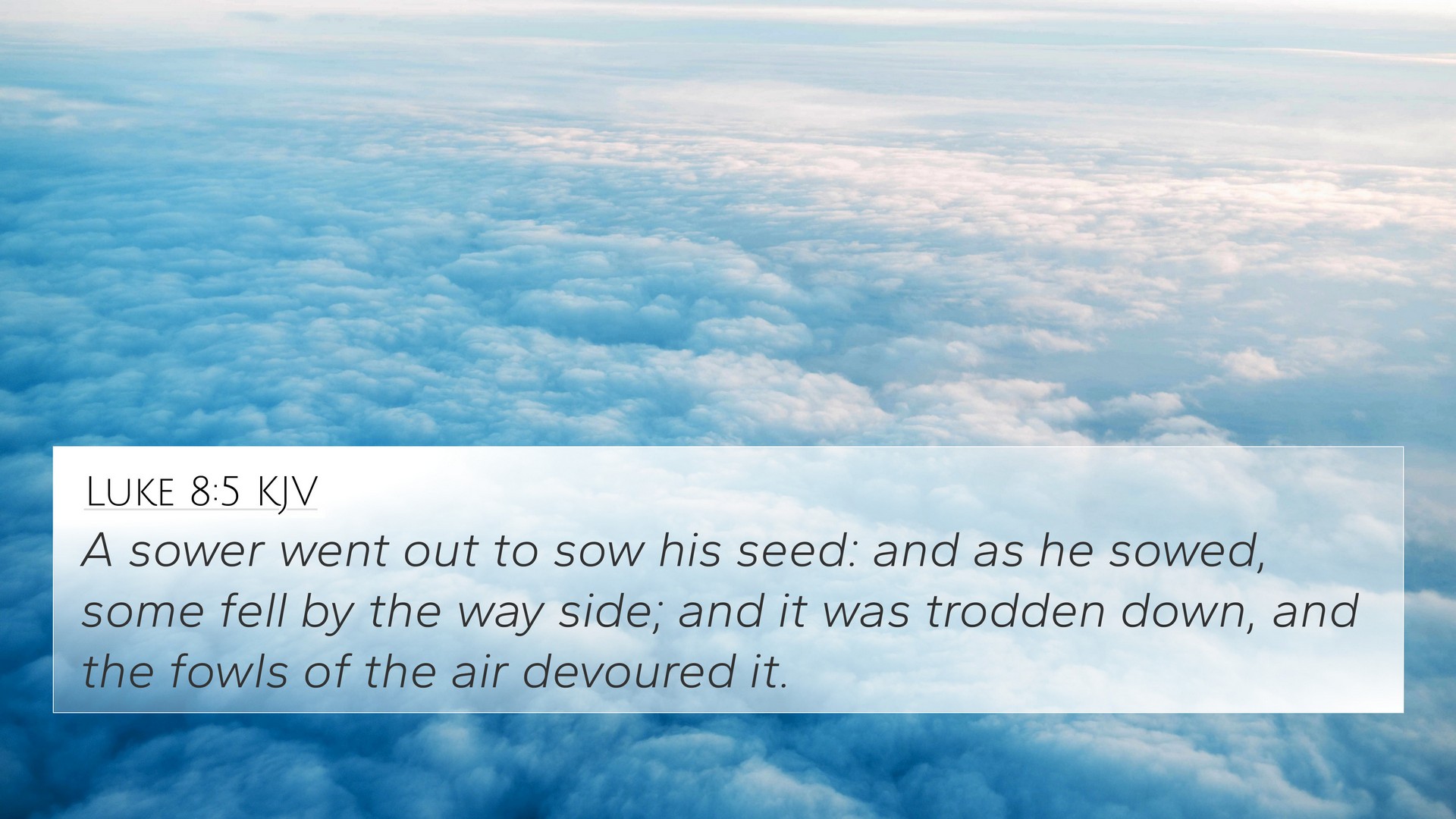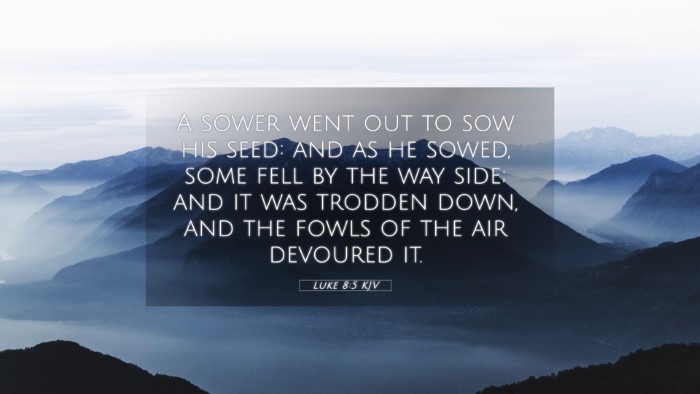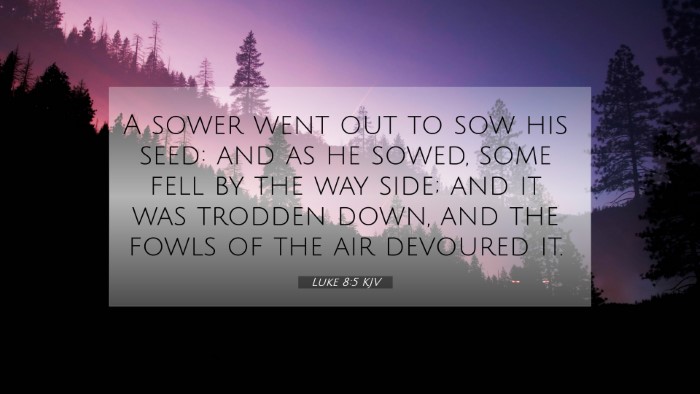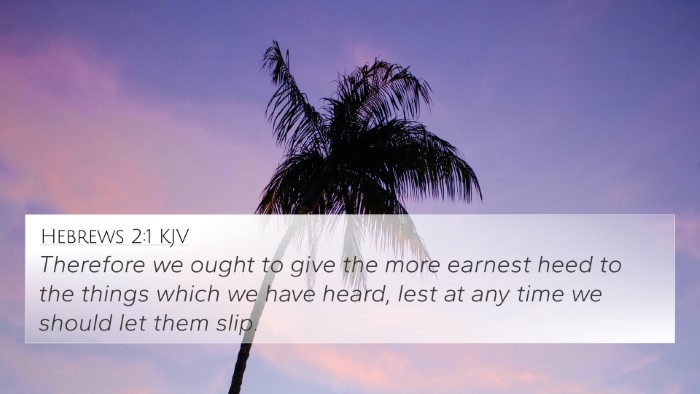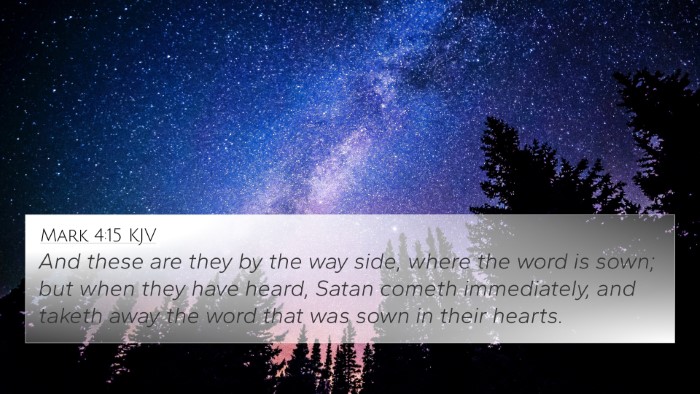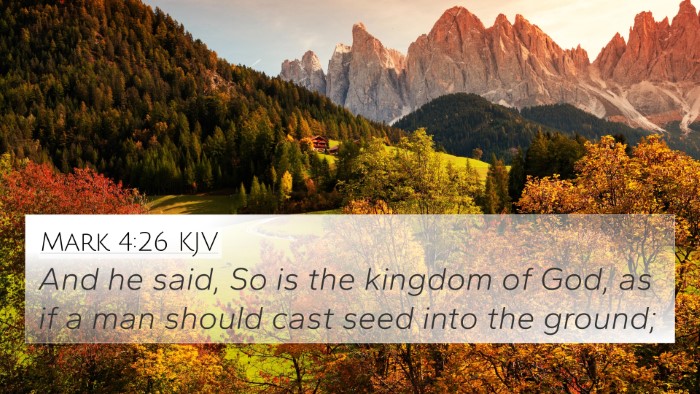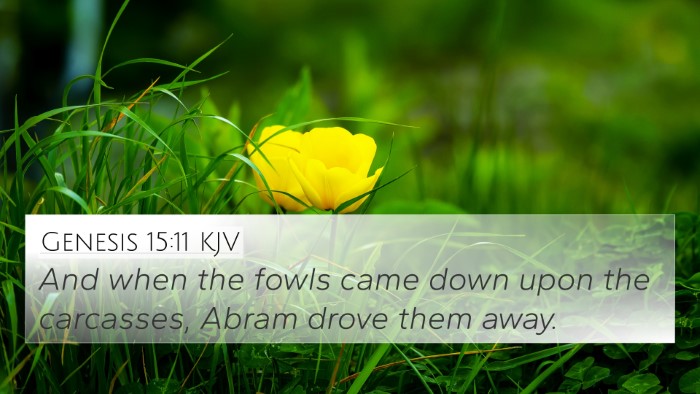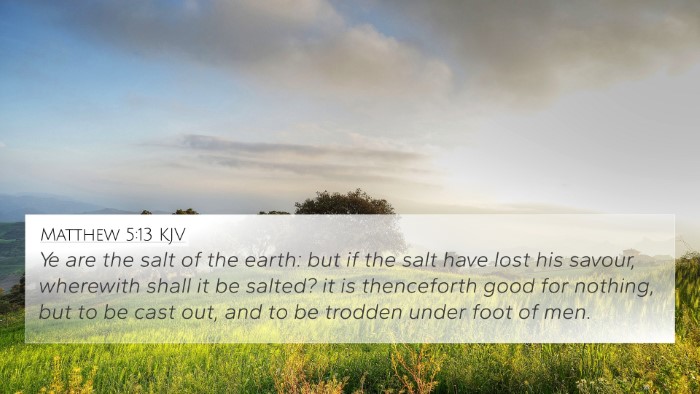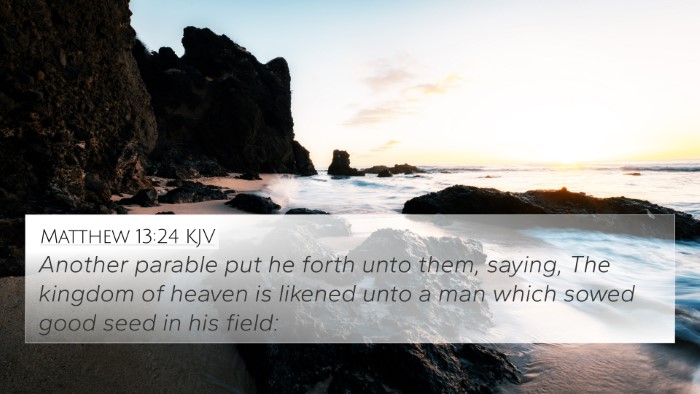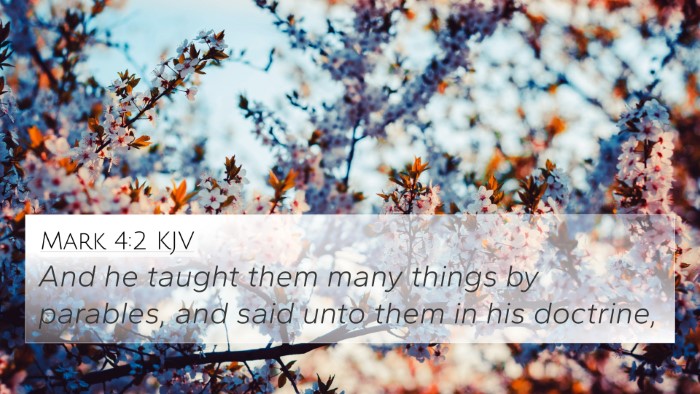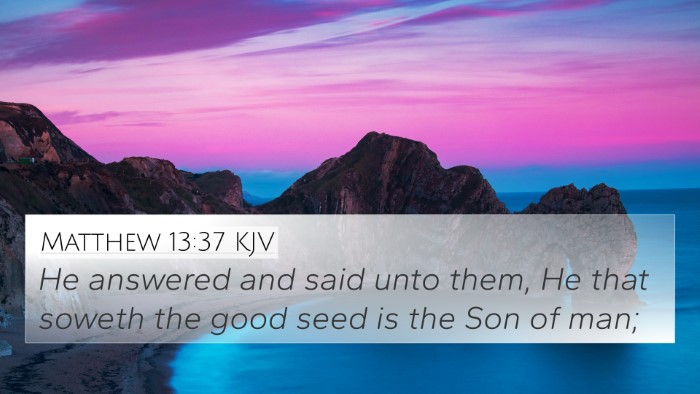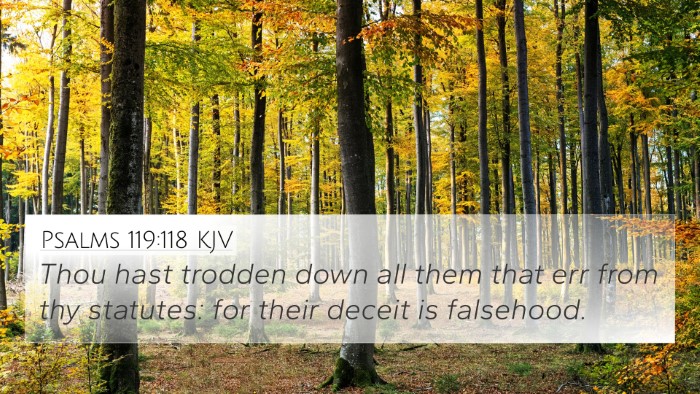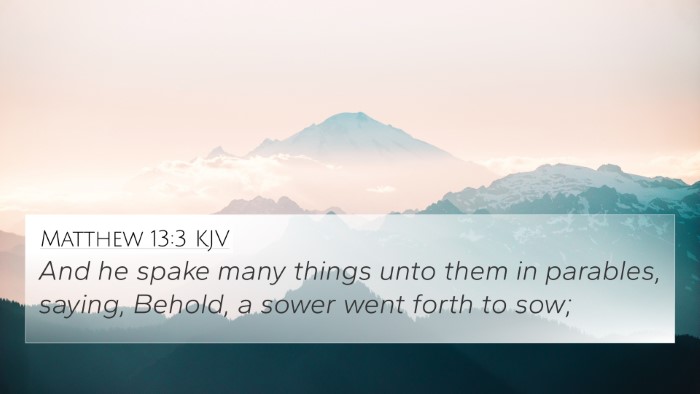Understanding Luke 8:5
Verse: "A sower went out to sow his seed: and as he sowed, some fell by the way side; and it was trodden down, and the fowls of the air devoured it."
This verse serves as the opening of the Parable of the Sower, a significant teaching of Jesus that utilizes agricultural imagery to convey spiritual truths about the reception of God's word. It illustrates the various responses individuals have when they encounter the message of the Kingdom of God.
Key Themes and Insights
- The Sower: Represents Jesus or any person who proclaims the Word of God.
- The Seed: Symbolizes the Word of God, which is sown across various hearts.
- The Wayside: Represents those who hear the word but do not understand it, making them vulnerable to spiritual attacks.
Commentary Insights
Matthew Henry's Commentary
Matthew Henry highlights the universality of the sower's activity—indicating that the word is spread indiscriminately. The initial conditions under which the seed falls represent the listener's heart; some are hard and unreceptive. Henry warns that the devil often snatches away the word before it can take root, symbolized by the birds eating the seed.
Albert Barnes' Commentary
Albert Barnes emphasizes the importance of the heart's condition. The seed that falls by the way side indicates individuals who care little for the message and forget it swiftly. Barnes notes that the imagery of the fowls devouring the seed portrays how distractions or evil influences can quickly remove the word from those who do not guard their hearts carefully.
Adam Clarke's Commentary
Adam Clarke delves into the imagery used, noting the sower's intention and the apparent failure as the seed falls by the wayside. He posits that even though the initial reception is poor, the act of sowing itself is vital, as it represents the incessant nature of God's mercy through His word, even in challenging conditions.
Cross References
This verse connects to several other biblical passages that explore similar themes of sowing, listening, and spiritual receptivity:
- Matthew 13:1-9: The parallel account of the Parable of the Sower in Matthew's Gospel.
- Mark 4:1-9: Another synoptic Gospel account that reinforces the teaching in Luke.
- Isaiah 55:10-11: Discusses how God's word will not return void, aligning with the imagery of planting and growth.
- James 1:21: Advises believers to receive the word with meekness, contrasting with the hard-heartedness suggested in Luke 8:5.
- Proverbs 4:23: Encourages guarding the heart as it is the source of life, connecting to the idea of receptive soil.
- John 10:10: Highlights the adversarial nature of the thief (representative of the fowls) who seeks to steal spiritual life.
- 1 Corinthians 3:6: Paul’s admission that he planted the seed, and Apollos watered, underscoring the communal effort in spreading the Word.
Thematic Connections
Linking various Bible scriptures aids in understanding the overarching message of God's word and its reception:
- Connections between the Parable of the Sower and teachings in Hebrews 4:12, where the word is described as alive and powerful.
- Inter-Biblical dialogue between the call to spread God’s word as seen in Matthew 28:19-20 and the role of preparation in the heart.
- Exploring linking Bible scriptures such as Galatians 6:7, which speaks to reaping what one sows—a principle that encompasses both temporal and spiritual realms.
Conclusion
Luke 8:5 invites a comprehensive examination of how we receive divine truths. Acknowledging the varied responses to the gospel can deepen our appreciation of its significance in our lives. The utilization of cross-references enhances our understanding, providing tools for deeper Bible study and reflection. As believers, we are encouraged to cultivate receptive hearts that are ready to accept and yield fruit from the seed of God's Word.
